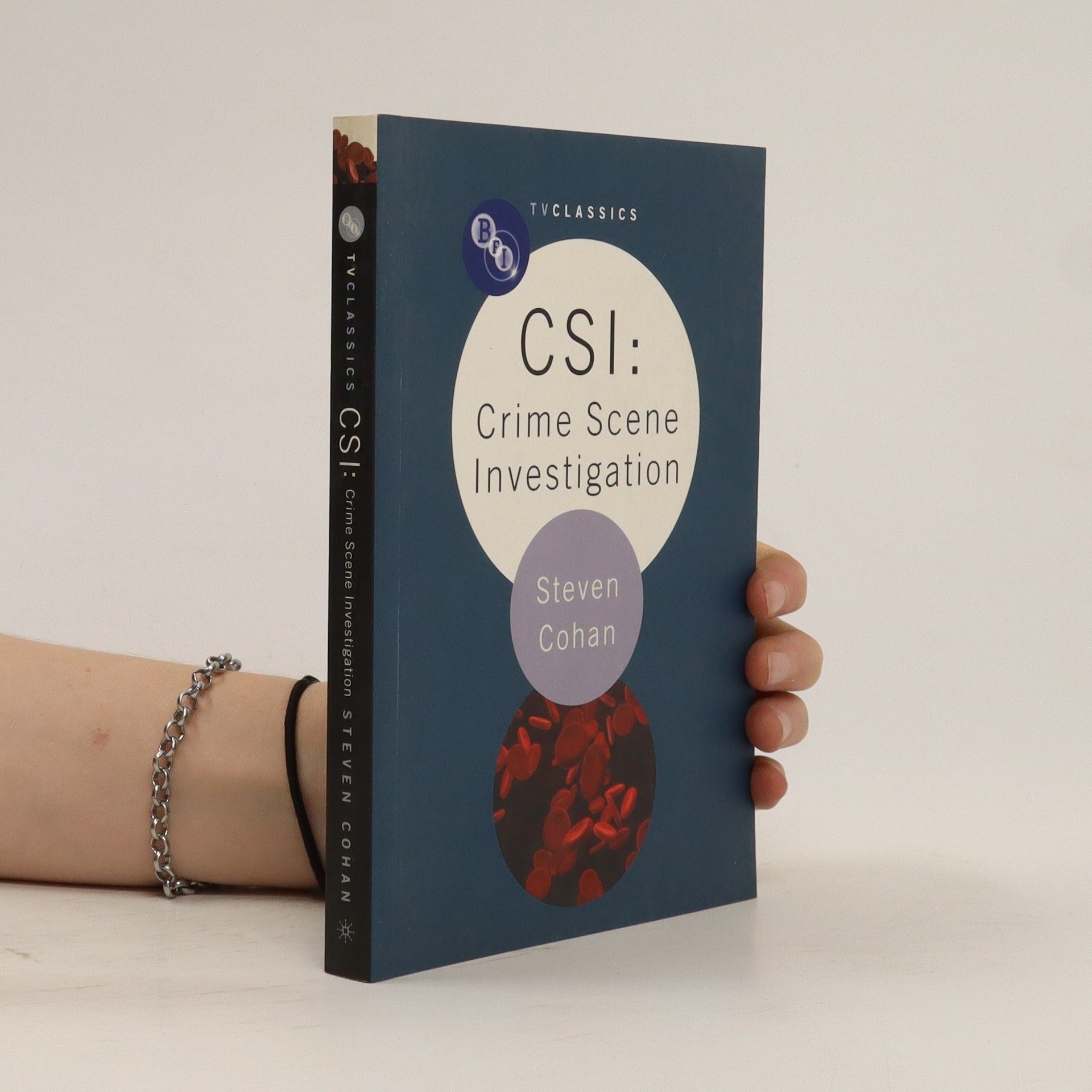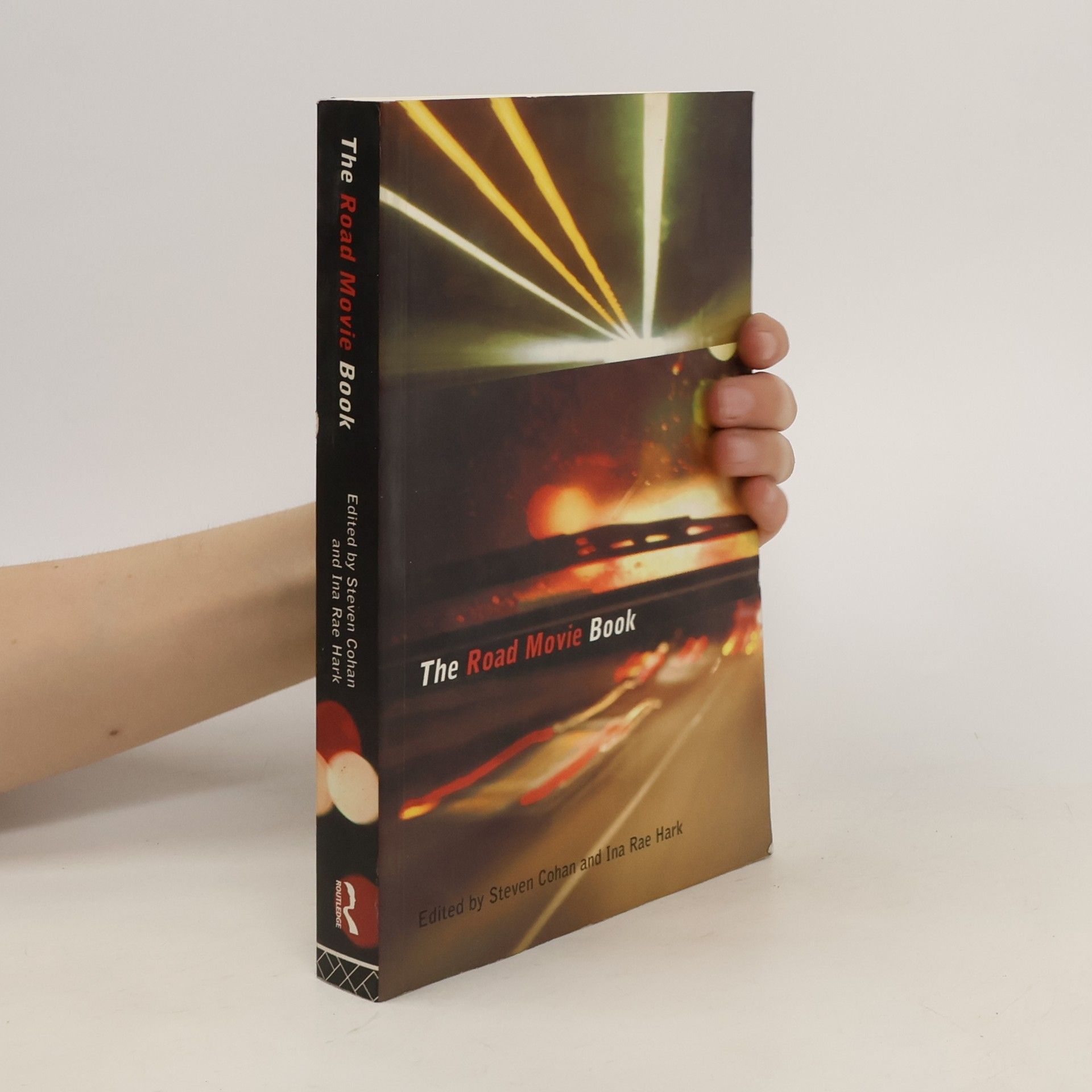The Road Movie Book
- 400bladzijden
- 14 uur lezen
The first comprehensive study of this enduring but ever-changing Hollywood genre and its legacy to world cinema beyond the United States.



The first comprehensive study of this enduring but ever-changing Hollywood genre and its legacy to world cinema beyond the United States.
Cohan examines the status of evidence in relation to truth and justice in the television series CSI, using the story arc involving the Blue Paint Killer as a main example, and assesses the series' impact through the much discussed 'CSI Effect'. He addresses the series' visual style, the attention to both cutting-edge forensic technology and CGI close ups to represent the effects of weapons on the human body, and goes on to consider the series' locale, in which the fantasy delights of the New Las Vegas exist alongside echoes of its gangster-ridden past, and crimes bring out the contrast between the flashy spectacle of the Strip, suburban Clark County and the arid landscapes of the Mojave desert. Cohan analyses CSI's consistent questioning of identity and 'normality' in the numerous episodes that feature subcultural groups and questions if mainstream success has affected the show's edginess, particularly as it approaches a future without the key character of Grissom.--Publisher's note
Billy Wilder's Sunset Boulevard was a critical and commercial success on its release in 1950 and remains a classic of film noir and one of the best-known Hollywood films about Hollywood. Both its opening, with William Holden as the screenwriter Joe Gillis floating facedown in ageing star Norma Desmond's (Gloria Swanson) pool, and lines such as 'I am big, it's the pictures that got small' are some of the most memorable in Classical Hollywood cinema.Steven Cohan's study of the film draws on original archival research to shed new light on the film's production history, and the contribution to the film's success and meanings of director Wilder, stars Holden and Swanson but also supporting actors Erich von Stroheim, Nancy Olson (who plays Betty Schaefer), Cecil B. DeMille, and Hedda Hopper, as well as costumier Edith Head, and composer Franz Waxman. Cohan considers the film both as a 'backstudio' picture (a movie about Hollywood) and as a film noir, and in the context of McCarthyism, blacklisting and the Hollywood Ten.Cohan explores how the film was marketed, its reception and afterlife, tracing how the film is at once a product of its own particular historical moment as the movie industry was transitioning out of the studio era, yet one that still speaks powerfully to contemporary audiences, and speculates on the reasons for its enduring appeal.